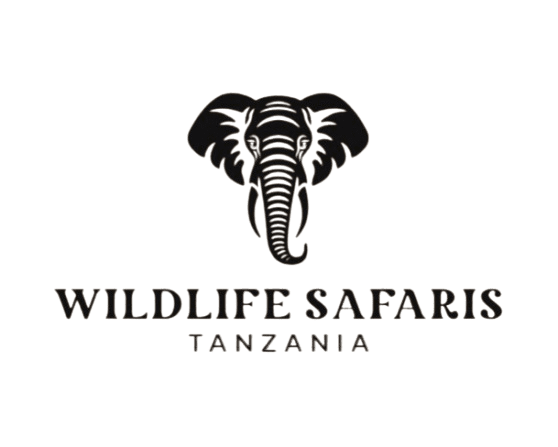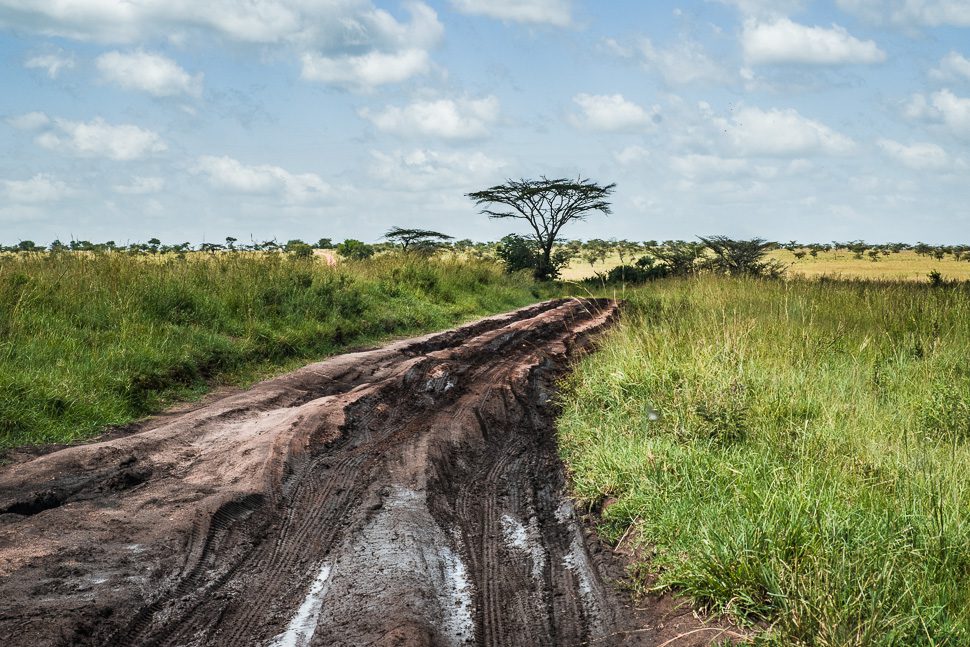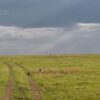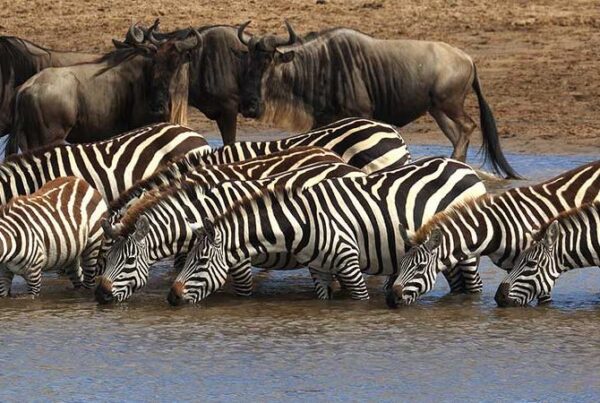Serengeti NP – Serengeti National Park
The official Serengeti National Park guide, which includes comprehensive details on the park’s features, including the migration of wildebeest, the ideal time to visit, transportation options, safari operators, and the most recent travel news. There is more to the Serengeti than just zebras and wildebeests. We have giraffes, rhinos, leopards, elephants, lions, warthogs, cheetahs, lions, bateared foxes, baboons, jackles, porcupines, crocodiles, monkeys, birds, and more. Excellent advice: learn when to anticipate the Serengeti National Park’s Migration of the Wildebeests, when more than a million wildebeests migrate and are joined by countless zebras and Thomson’s gazelles, while the primary predators also wait nearby.
Tanzania’s Serengeti Safari
Getting There: The most popular way to enter the Serengeti from Arusha, one of Tanzania’s major cities, is via the entrance of Lake Manyara National Park. climbing through the rift valley’s escarpment.
When to Go: Although you can see the Serengeti National Park’s wildlife all year round, there are several places that are best visited during specific periods of the year. Using the dry season, which begins in late June and lasts until September, as an example. Are you arranging your lodging? Luxury, mid-range, and low-cost safari lodging alternatives are all available in the Serengeti. The Serengeti has everything, from five-star lodging to simple camping.
Tanzania’s most famous park is Serengeti National Park. The indigenous Masai phrase “Serengeti” means “Endless Plains.” This about 15,000-square-kilometer park was preserved to protect the route of the yearly spectacular wildebeest migration. Safari visitors to Tanzania come from all over the world to see the annual wildebeest migration, which is a breathtaking sight. Tanzanian Serengeti Lion Safari More than 1.5 million animals are involved in this migration, and it is an amazing experience to see them.
A vast herd of gazelles, antelopes, zebras, and wildebeests are all part of the migration. Each year, these animals travel to the Serengeti in search of water and verdant pastures. A massive cloud of dust follows the path of the numerous thundering hooves of wildebeests and other animals. In order to hunt food, you will actually witness a number of large cats pursuing this magnificent herd.
Lions, leopards, cheetahs, and hyenas are examples of huge cats. Serengeti hippo The best and least expensive method to prepare for this most important wildlife migration natural extravaganza in all of East Africa is to camp within the Serengeti. You might choose to remain in Kenya’s Masai Mara or the Serengeti. Additionally, it will be an amazing experience, especially for visitors who enjoy camping or other outdoor pursuits. It is a really satisfying experience to spend your Tanzania safari vacation in the Serengeti Plains, where the sound of hoofs reverberates in the background of this natural animal refuge. 
Insects, birds, and big cats like lions that can occasionally be heard roaring from a distance will be the only other creatures present except this display. Every Serengeti wildlife documentary you’ve ever seen on television will come to life before you. Many hotels and camps have been set up at various locations to provide lodging during the wildebeest migration period due to the large number of tourists visiting Serengeti Park.
Additionally, the park is home to mobile camps. Depending on how the migratory herd moves over the vast plains of the Serengeti, the mobile camps are moved to various spots within the park. Most camping excursions are accompanied by a skilled safari guide and a cook.
The expansive savannah plains, massive herds of herbivores, predators, the migration of wildebeest, reptiles, and a variety of birds are among the first things that spring to mind when someone mentions Serengeti National Park safaris. It is the oldest and second-largest park in Tanzania and one of the most visited in Africa. A UNESCO-designated park of wonders, it spans 14,750 km² and is home to a vast array of species. The term Serengeti, which translates to “endless plains,” originates from the Maasai, an ethnic group from Tanzania and Kenya who have lived in the region for more than 200 years and graze their cattle along the plains. Every visitor to the Serengeti is enthralled, and this is due to the abundance of things it has to offer, including the ecology and wildlife.
The Serengeti’s location
Tucked away in Tanzania’s northeast, it shares a border with Kenya’s Maasai Mara to the north, the Ngorongoro Area to the southeast, the Gurumeti and Ikorongo reserves to the west, and Maswa Game Reserve to the southwest. The park is part of the “Northern Circuit,” which also includes the Tarangire, Lake Manyara, Ngorongoro Crater, and the Serengeti proper. It is primarily composed of flat, mildly undulating plains and volcanic soils, and it is extremely near the equator.
Serengeti Animals and Plants
The yearly migration of the wildebeests, which is a fascinating spectacle to witness, is one of the Serengeti’s distinctive features. Throughout the year, 1.5 million wildebeests, gazelles, and 250,000 zebras migrate from the north to the south and vice versa. This migration occurs between the months of October and November as well as between April and June. Another fascinating aspect of their migration is that predators like lions and leopards follow them closely in an attempt to capture some prey.
The Serengeti is home to nearly all of Africa’s wildlife, including antelopes, zebras, and thousands of wildebeests. The park is also home to the Big Five, which include rhinos, lions (more than 2,500), elephants, buffaloes, and leopards, as well as wild dogs and other animals like crocodiles, cheetahs, and hippos. Over 500 bird species, including sunbirds, kingfishers, ostriches, herons, ibises, ducks, storks, spoonbills, egrets, and birds of prey like vultures, goshawks, eagles, and harriers, have been observed in the park, making the birders extremely happy.
Comprising the Maasai Mara plains, Maswa game reserve, Lolindo reserve, and Ikorongo and Grumeti game reserves, the park’s environment is too extensive. Known as one of the world’s oldest and most stable ecosystems, the Serengeti ecosystems span up to 15,000 km2, which includes infinite savannah grasslands peppered with acacia trees and rocky Kopjes. This ecosystem’s flora, wildlife, vegetation, and climate are what set it apart.
To get there by car, take the major road that runs from Arusha to the Serengeti. It takes about eight hours to drive 325 miles. You may reach the Serengeti from here by traveling through the NCA’s agricultural plains, the Rift Valley Escarpment, Lake Manyara Gate, and the Olduvai Gorge. There are amenities including garages where you may refuel your vehicles at Lobo and Seronera.
By plane: Arusha is the closest airport. From there, one can take an internal flight to Seronera Airstrip, which is located right in the midst of the park, from where they can drive to their resort.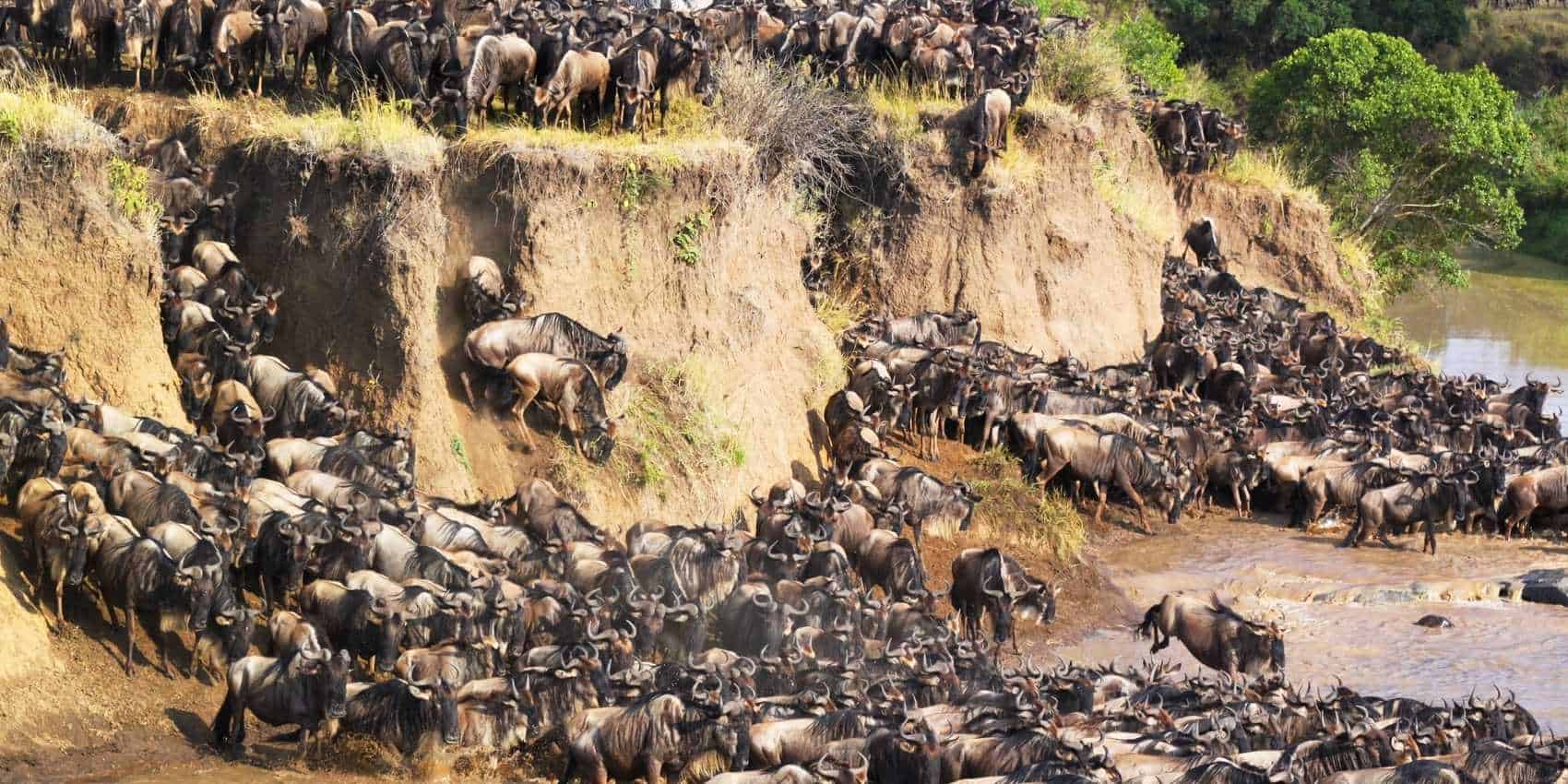
The ideal season to visit the Serengeti
Depending on the activity you choose, you can visit the Serengeti at any time of year. Since game viewing is one of the main activities, you can go at any time of year, but the best time to go is during the dry season, which runs from late June to October. During this time, you can also see wildebeests.
Things to pack
Make sure you have warm sweaters for the chilly nights, caps, sunglasses for the sunny days, and shorts or light clothing for the days. Additionally, bring a first aid kit, cameras, insect repellent, a passport, a pair of sturdy shoes, a first aid kit, and extra cash or checks for emergencies related to malaria.
Health and Visa Requirements
With the exception of a small number of visitors from Commonwealth countries and other countries, almost all visitors must have a valid visa. Depending on your nationality, a visa can cost different amounts.
In terms of health, antimalarial medications and a yellow fever card are necessary. Additionally, the majority of physicians suggest getting vaccinated against Hepatitis A. Additionally, avoid self-medicating while on safari, particularly if you have serious medical concerns.
